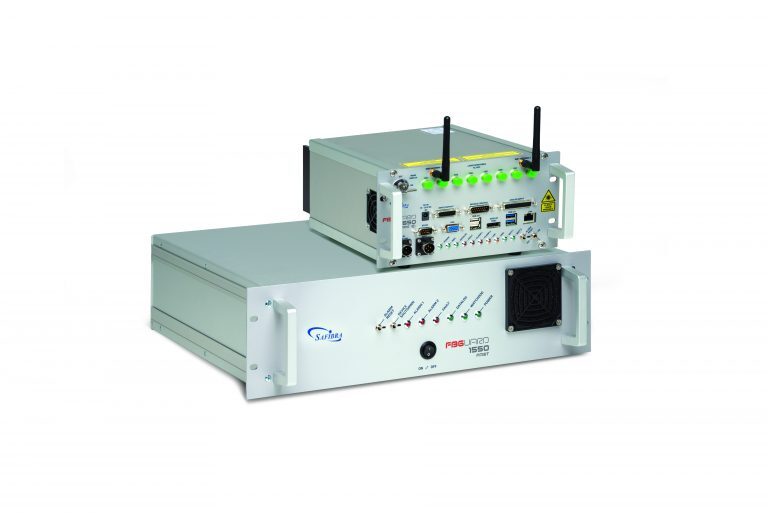
Video from realized project
Why work with us?
Our company was invited to the project thanks to its professional expertise and experience in providing accurate and reliable data for numerical model validation.
We work with fiber optic condition monitoring sensors we manufacture to monitor the stability of buildings and roofs, or to determine the maximum loading. The calculations are based on state-of-the-art numerical modeling approaches. Thanks to this, we always guarantee the reliability of our condition monitoring solutions.
FBG technology is the most suitable solution where conventional procedures fail or are not viable because of routine operation.
It can happen that a large number of electrical sensors will stop working due to wear or weathering. This results in additional costs. High durability and reliability are the characteristics of condition monitoring sensors.
Electrical wiring in bundles changes the structure of concrete, which then might not have the same load capacity in all places.
Industry
Partners
How can we help you?
Are you considering our products and solutions, need to consult about your project with us, or would you like to establish long-term cooperation with us? Contact us. We’ll do our best to answer any questions you might have within 24 hours.
Are you in a hurry? Don’t forget to leave your phone number to speed up the communication process.




